The rural township of Ershuei (二水) sits on the Western Rail Line, roughly halfway between the cities of Changhua (彰化) and Chiayi (嘉義).
It’s an unremarkable, if pleasant place, I conclude, while eating my breakfast in a small seated area situated at the middle of roundabout that serves as both bus stop and railway station forecourt.
Under the shade of some strategically planted palm trees, I watch the comings and goings of weekend travelers who alight here and promptly head to the sole branch of OK Mart in search of sustenance. Two cyclists rent bikes and tell me they plan to pedal up to Sun Moon Lake via the Ershuei Bikeway that flanks much of the branch railway line; a hiker armed with a mandatory walking stick is heading to the Fongbo Trail, where, I’ve read, one can be harassed by Formosan macaques in their natural habitat.
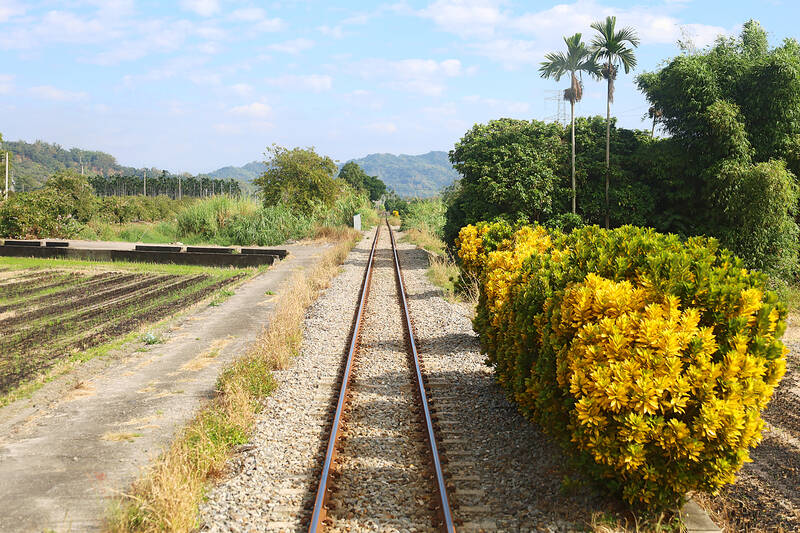
Photo: Thomas Bird, Taipei Times
I can’t help feel I’m the lazier of Ershuei’s morning visitors, as I plan to travel 30km inland and uphill in style, rolling along a hundred-year-old railway of Japanese provenance.
There’s still a few minutes before the scheduled departure, time enough to read-up on the prospective journey, as the uber helpful employee of the Visitor Information Center that abuts Ershuei Station has stockpiled me with enough informative brochures to research a PhD.
The Jiji Line (集集線), I learn, was built between 1919 to 1922, first to transport sugarcane and later to transport materials used to construct a dam, part of a huge hydro-electric project, the Daguan Power Water Plant. Despite its industrial genesis, after the plant was completed in 1934 it continued to be a passenger and freight line to Nantou County.
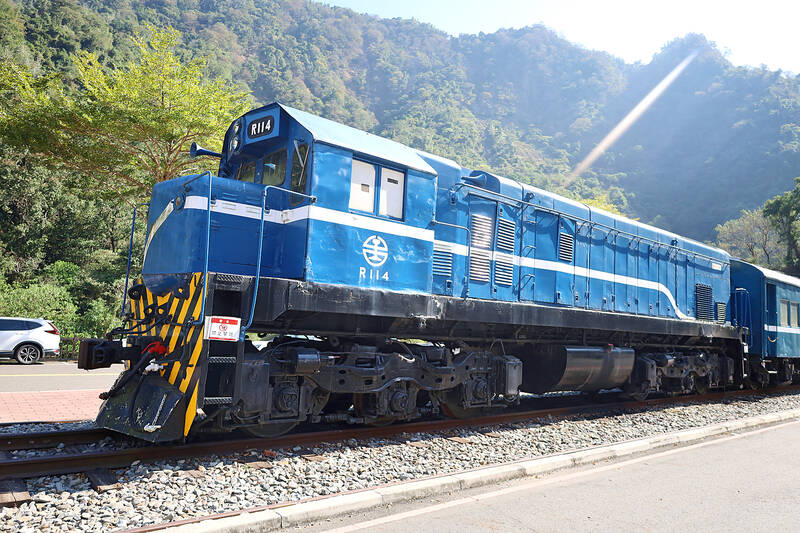
Photo: Thomas Bird, Taipei Times
Although the line’s relevance declined with the rise of automotive culture, it has found new life as a tourist attraction, romantically dubbed “The Nostalgic Railway,” one that promises to be an excursion through “lush green farmlands” along “the Jhuoshuei River.”
ROLLING EAST
The train, somewhat disappointingly, doesn’t have any windows that passengers can open. What is does have is a seat adjacent to the driver’s cab with anterior views of our passage east.
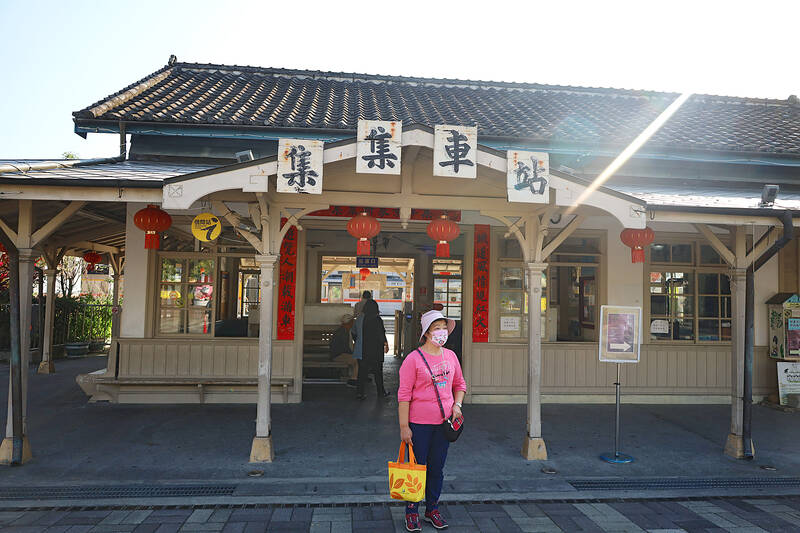
Photo: Thomas Bird, Taipei Times
It’s like being a child allowed to sit in the “front seat” as we make the five-minute hop to the first scheduled stop, the village of Yuancyuan (源泉).
From Yuancyuan, the train rolls into a bucolic realm of fruit groves and tiny farmsteads, betelnut plantations and fields of yellowed cornstalks. In the distance, forest-coated mountains intimate the island’s high-altitude interior.
Around eight kilometers into our journey, we reach Jhuoshuei Station (濁水), flanked by old military warehouses that have been decorated with some colorful murals. Beyond the platform’s edge, the foliage is thick, hanging over the tracks like leafy curtains that brush against the top of the train as it growls against the gradient.
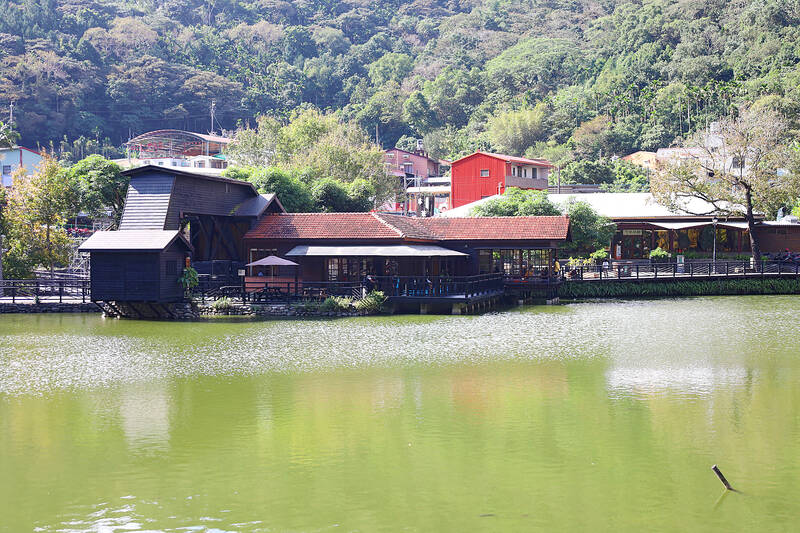
Photo: Thomas Bird, Taipei Times
We’re soon climbing a steep incline, the track winding with the contours of the land.
The train passes through Longcyuan Station (龍泉) 20 minutes into the journey, a twin platform station that sits in the shade of a 100-year-old Chinaberry tree.
After tracing our way further uphill, we enter the Jiji Green Tunnel before arriving at Jiji, the rustic village from which the branch line derives its name.
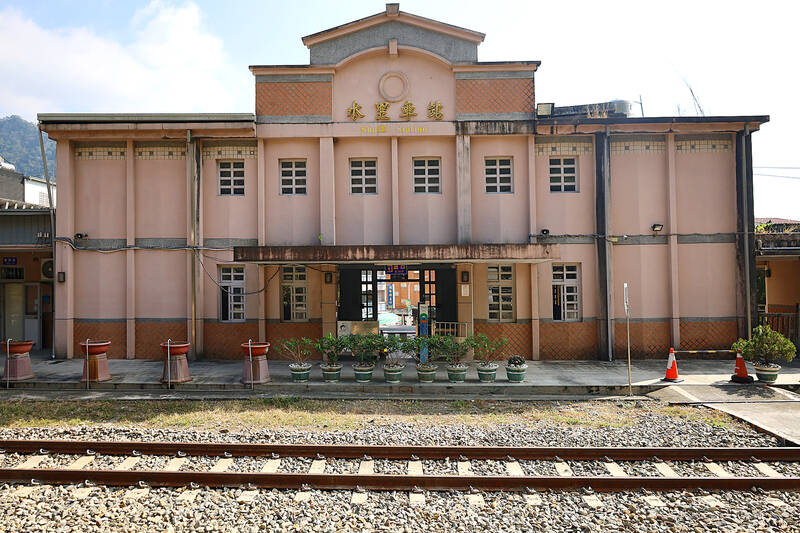
Photo: Thomas Bird, Taipei Times
The main attraction (and principle photo opportunity) is the beautiful wooden stationhouse that dates back to 1933, although it had to be painstakingly reconstructed after the infamous 7.3 magnitude 921 Earthquake that laid waste to much of the region, including the railway line, in 1999. The same red-cypress beams and planks were used (although the main pillars were reinforced with steel) and its black-glazed roof tiles were replaced with those retrieved from other period buildings in the area.
While the building is impressive, the air is perfumed with Jiji’s signature culinary specialty, namely stinky tofu, which prompts me to reboard the train for the remaining 10 kilometers to Checheng (車埕), the terminus of the Jiji branch line.
The largest settlement on the railway is the penultimate station, the former logging town of Shueili (水里) where many affluent timber merchants once lived, earning it the “Little Taipei” moniker in its heyday.
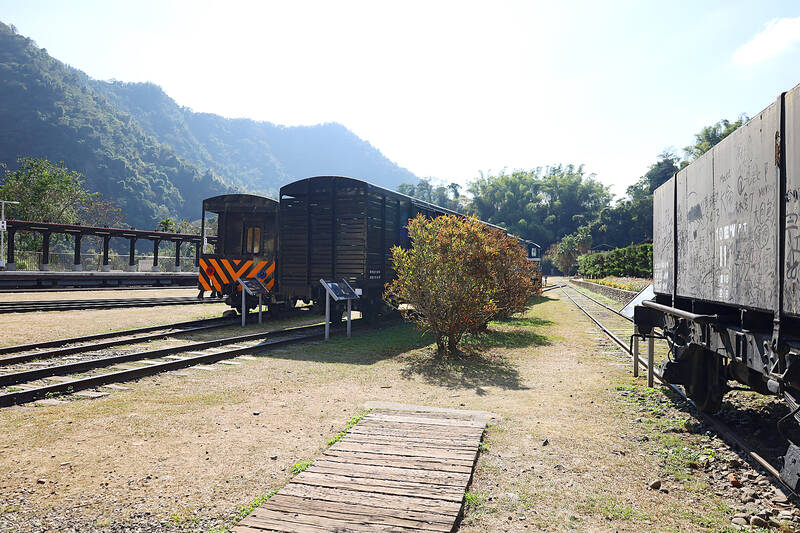
Photo: Thomas Bird, Taipei Times
It’s clearly seen better times, and now resembles a typical Taiwanese town of its size, although the stationhouse is an impressive pink structure constructed on a hillside overlooking the shophouses and riverfront like a colonial villa.
Beyond Shueili, the Jiji line arcs away from the Jhuoshuei River we’ve been following since Ershuei, entering the craggy mountain country that long sat on the horizon.
EXPLORING CHECHENG
The journey concludes at the handsome station of Checheng, another wooden, Japanese building that was rebuilt with cypress wood after the 921 Earthquake.
Backed by a beautiful ridge of tall peaks and fed by the clear water of the Cingshuei River, it’s easy to see why weekenders converge here in large numbers. Many arrive by bus and bicycle, as well as by train.
As well as work in the nearby damn and reservoir, Checheng folk were also employed in the timber trade. The industry reached its zenith in the 1960s and ‘70s when trees felled from the Danda Forest Area were hoisted onto flat cars before being transported to lowland cities by rail. Rice, bananas and other fruit were also transported on the Jiji line.
In Checheng’s Railway Park, old steam locomotives and freight gondolas have been parked up for posterity — relics of time when business boomed.
The twenty-first century incarnation of the town is, however, quite different. Judging by the quantity of knickknack stores and gift shops festooning the place, tourism is Checheng’s lifeblood today. There’s a winery where locally-produced plum wine can be sampled, an impressive lumber museum exhibiting locally-made wood carvings as well as plethora of shops selling everything from mountain tea to freshly made honey.
The Lumber Pond is the main focus of the township, a jade-colored lake stocked with fish and frequented by wild birds. A boardwalk invites a stroll from where one can fully absorb the fine scene in a languid fashion.
Along its shores, some of the better-quality restaurants are located, and having worked up a thirst, I stop by Cedar Tea House (木茶房), a quaint, woody eatery decorated to invoke the days of lumber past.
I order a golden grapefruit tea from the menu then sit down by the window.
“How is your day?” the waitress asks, as she serves me my drink.
“Couldn’t be better,” I reply.
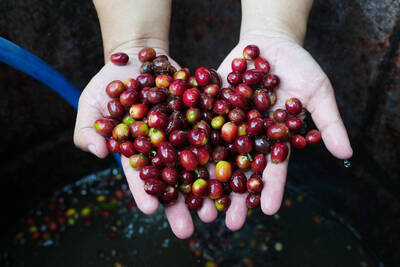
Climate change, political headwinds and diverging market dynamics around the world have pushed coffee prices to fresh records, jacking up the cost of your everyday brew or a barista’s signature macchiato. While the current hot streak may calm down in the coming months, experts and industry insiders expect volatility will remain the watchword, giving little visibility for producers — two-thirds of whom farm parcels of less than one hectare. METEORIC RISE The price of arabica beans listed in New York surged by 90 percent last year, smashing on Dec. 10 a record dating from 1977 — US$3.48 per pound. Robusta prices have
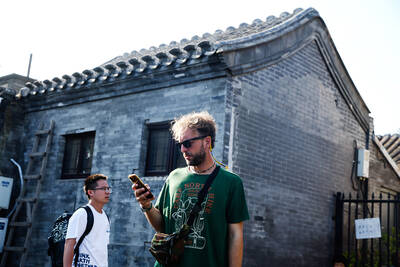
A few years ago, getting a visa to visit China was a “ball ache,” says Kate Murray. The Australian was going for a four-day trade show, but the visa required a formal invitation from the organizers and what felt like “a thousand forms.” “They wanted so many details about your life and personal life,” she tells the Guardian. “The paperwork was bonkers.” But were she to go back again now, Murray could just jump on the plane. Australians are among citizens of almost 40 countries for which China now waives visas for business, tourism or family visits for up to four weeks. It’s
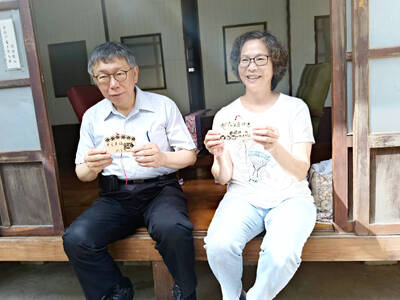
The resignation of Taiwan People’s Party (TPP) co-founder Ko Wen-je (柯文哲) as party chair on Jan. 1 has led to an interesting battle between two leading party figures, Huang Kuo-chang (黃國昌) and Tsai Pi-ru (蔡壁如). For years the party has been a one-man show, but with Ko being held incommunicado while on trial for corruption, the new chair’s leadership could be make or break for the young party. Not only are the two very different in style, their backgrounds are very different. Tsai is a co-founder of the TPP and has been with Ko from the very beginning. Huang has

Beyonce on Sunday finally won the Grammy for the year’s best album for her culture-shaking Cowboy Carter, as rapper Kendrick Lamar posted a clean sweep on a night that served as a love letter to fire-ravaged Los Angeles. Chappell Roan, Charli XCX, Doechii and Sabrina Carpenter emerged as big winners at the performance-heavy gala, while heavyweights Taylor Swift and Billie Eilish went home empty-handed. Beyonce’s win for Cowboy Carter now makes her the most nominated, most decorated artist at the awards show ever — as well as the first Black woman to claim the top prize in this century. The triumph was all